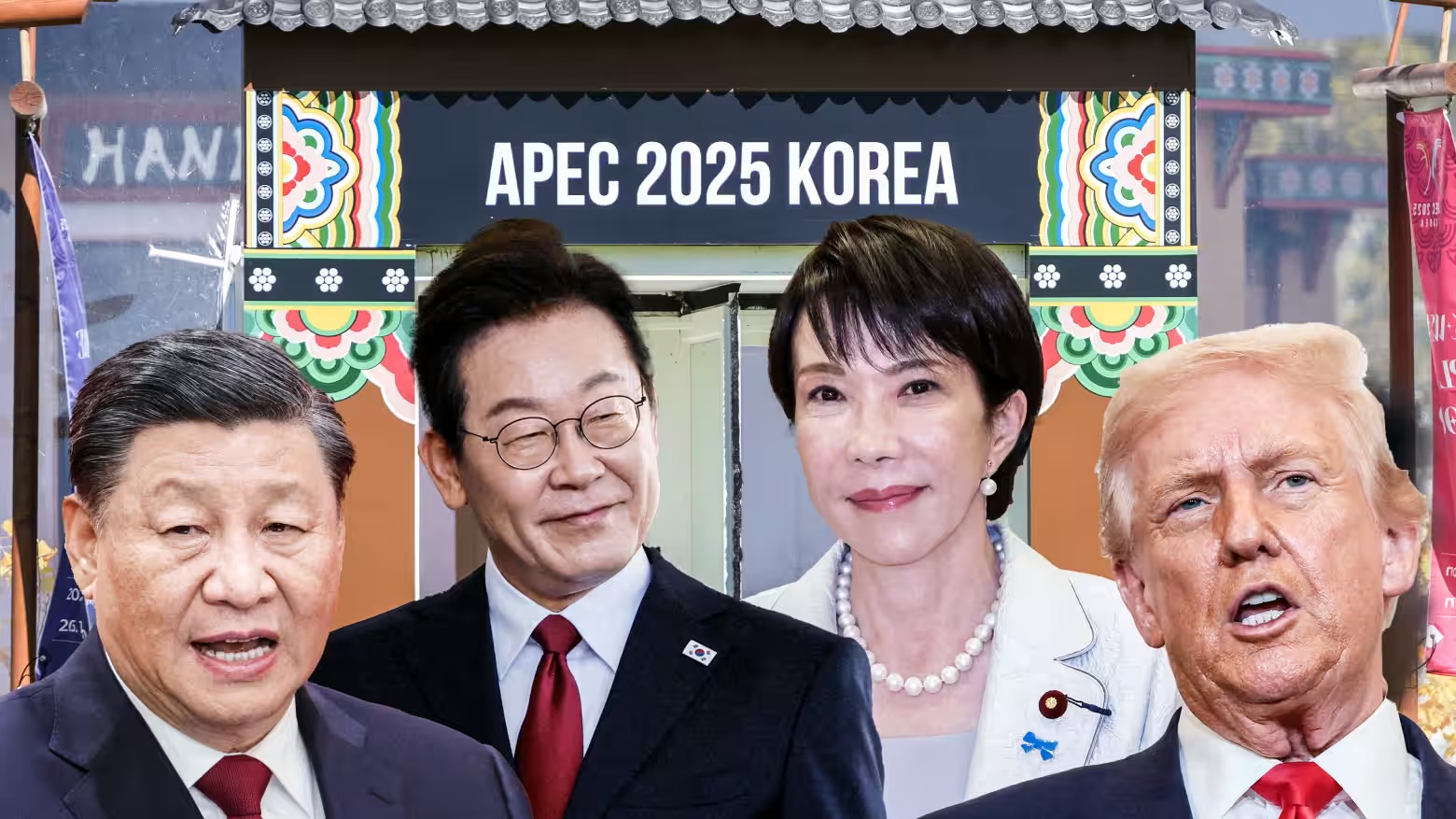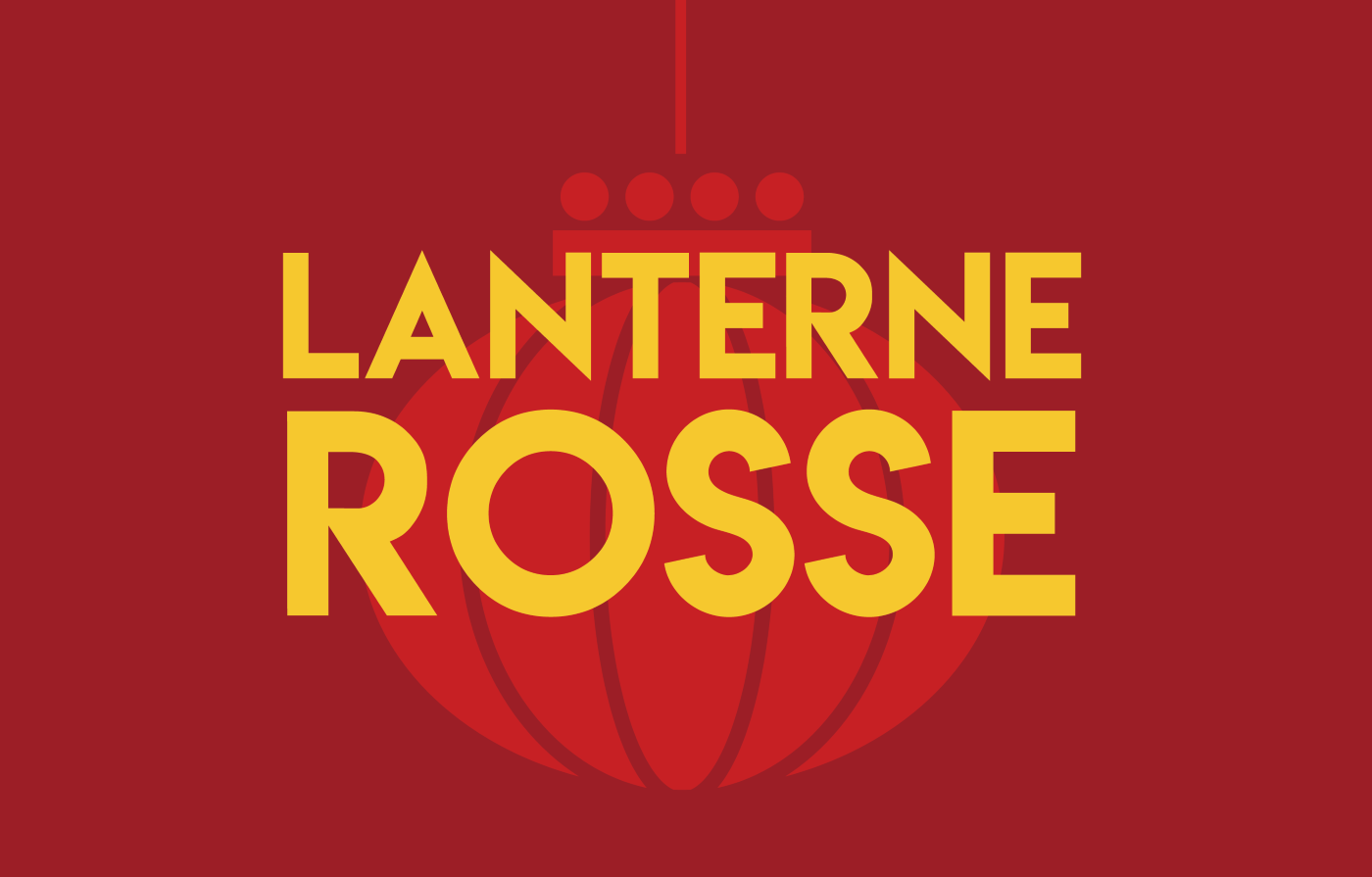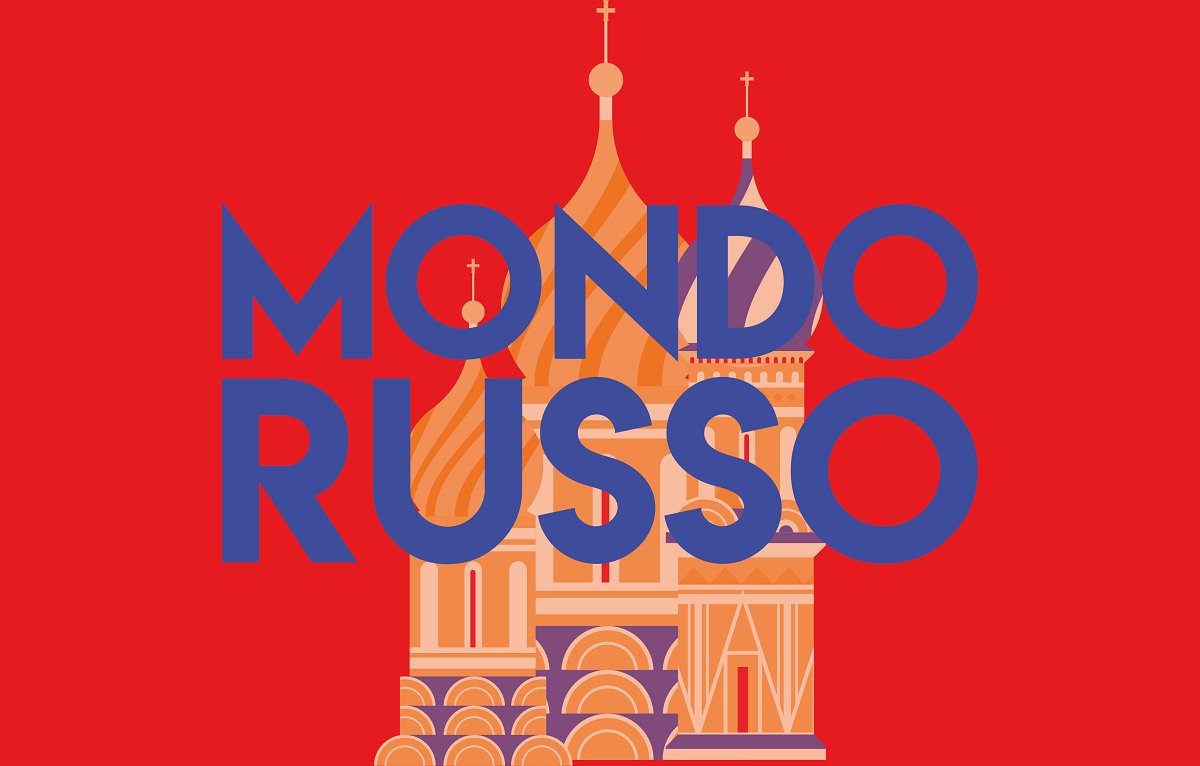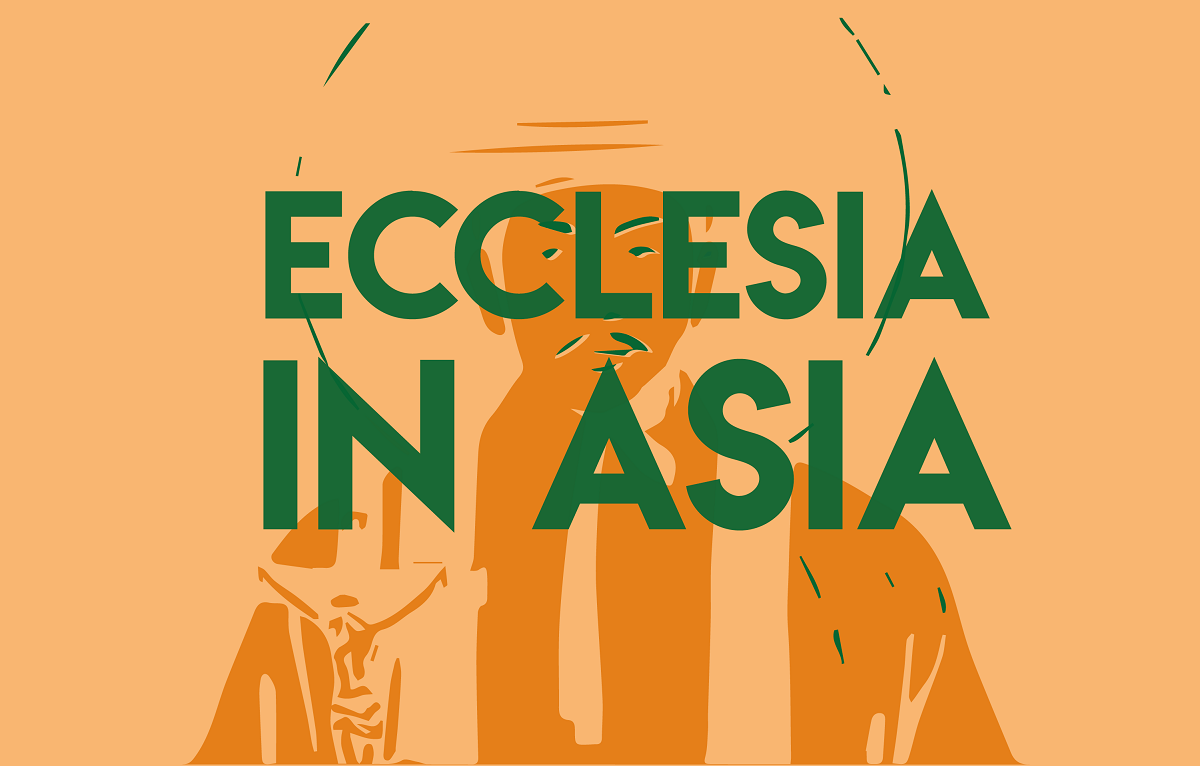Trump’s diplomacy in Tokyo to Seoul through tariffs and military spending
The US leader met with the South Korean president today on the eve of the APEC summit, signing an agreement on autos, steel, and investments. Yesterday, an agreement was reached with Japanese Prime Minister Sanae Takaichi, criticised by the Asahi Shimbun for being too soft. Tomorrow, the long-awaited meeting between Trump and Xi Jinping takes place in Busan. The Chinese leader will also have a bilateral meeting with the Japanese prime minister.
Seoul (AsiaNews) – US President Donald Trump’s trip to Asia will feature perhaps the most anticipated event tomorrow, a meeting with his Chinese counterpart Xi Jinping in Busan, South Korea, which Chinese diplomatic sources confirmed today.
The summit is eagerly awaited for its many aspects: the trade war, launched by the United States after Trump took office, and the war in Ukraine, with the US president seeking support from the Chinese government to curb Russian leader Vladimir Putin. The Taiwan issue appears less central.
However, the president's mission – with a first stop at the 47th ASEAN summit to seal the "truce" between Thailand and Cambodia – has already provided several interesting elements during his visit to Japan, where he met with the country’s new prime minister, Sanae Takaichi, and in today's visit to South Korea.
No face-to-face meeting with North Korea’s Kim Jong-un is planned because, as Trump himself stated, there hasn't been time to prepare for it. The US leader doesn't rule out a future meeting, however, because, as he described his relationship with the North Korean dictator, "We get along very well”.
The visit in Asia is certainly packed with commitments and issue, starting today when Trump announced an agreement with South Korea to resolve the tariff crisis and open a new phase of bilateral trade between the two countries.
"We did, we did. We did reach an agreement," the US leader told reporters before the dinner hosted by South Korean President Lee Jae Myung in Gyeongju, where the APEC 2025 forum will be held from 31 October to 1 November.
This announcement immediately caused the local currency (won) to rise against the dollar, making a 0.54 per cent gain.
South Korean auto and steel producers have long feared they would have to submit to tariffs of 25 per cent, compared to the 15 per cent agreed in July, placing them at a clear disadvantage over their Japanese competitors after Japan secured a 15 per cent tariff from the US.
On the eve of the deal, several unresolved issues remained, such as the huge gap over the cash portion of a US 0 billion investment package, with South Korea seeking to reduce it while increasing the share of loans and guarantees.
Trump and Lee agreed that South Korea can divide its investment fund into 0 billion in cash to be paid in instalments, with a cap of US billion per year.
The remaining US 0 billion will be spent on shipbuilding investments, which Washington wants to revive through the South Korean partnership.
A sign of a relaxed atmosphere was also evident from the South Korean leader’s welcome and the offer of an exemplary gift, i.e. a replica of the Silla golden crown, symbol of an ancient kingdom that ruled much of the Korean Peninsula in the first millennium.
In response, Trump invited Lee to Washington for an official visit to the United States, in addition to securing Seoul's promise to increase military spending.
In this regard, the South Korean president announced weeks ago that he intends to raise the defence budget by 8.2 per cent annually by 2026, in line with the White House's requests.
From Kuala Lumpur and Tokyo to Busan and Beijing, via Gyeongju, which will host the prestigious APEC summit of 21 Asia-Pacific countries, the world economy, diplomacy, and global trade are under pressure.
Yesterday, Trump was in Japan where he met with newly elected Japanese Prime Minister Sanae Takaichi, who is also scheduled to meet with Chinese President Xi Jinping on the sidelines of the APEC summit on 31 October.
An editorial in the Asahi Shimbun noted that the US leader's trip comes more than 50 years after the first visit by a US president to Japan since the end of World War II and the dropping of the atomic bombs on Hiroshima and Nagasaki.
“Half a century has passed since Ford’s visit (in 1974), but the same imbalance in Japan-U.S. relations still exists today,” writes the Japanese paper.
“It’s true that Japan is in a weak position. But there is something definitely off-kilter about a diplomatic relationship in which Japan is always seen to be trying desperately not to offend the president by making sure to stroke his ego so he won’t make unreasonable demands.”
Wondering what makes Tokyo's relationship with Washington "so crucially important," and while acknowledging the "many things" the United States guarantees, the paper bluntly calls the United States, “the biggest bully in the world today.”
For the newspaper, the meeting between Trump and Takaichi "tested" the prime minister's skills in dealing with a superpower that is becoming "increasingly self-absorbed."
It urges the Japanese prime minister to “stop and take stock of what we will be gaining or losing from the relationship.” She should also “stop fawning and flattering, sporting a red hat” and instead conduct “legitimate diplomacy with poise and dignity.”
For his part, Trump said that, “We are an ally at the strongest level,” early in the meeting with the Japanese prime minister. According to a joint statement by the two leaders, Tokyo and Washington will “take further steps for a NEW GOLDEN AGE of the ever-growing U.S.-Japan Alliance.”
According to the White House, the Japanese prime minister expressed her intention to recommend Trump for the Nobel Peace Prize, a goal that has become an obsession for the US president, who spoke of a "privileged relationship. If you need anything, if I can help you, we will be there”.
Meanwhile, the two countries have signed a framework agreement to guarantee supplies of rare earths and critical minerals through close cooperation and financial aid.
On defence, in response to pressure from Washington, Prime Minister Takaichi announced an increase in military spending to 2 per cent of GDP, starting in the current fiscal year, thus bringing forward the original plan by two years.
12/02/2016 15:14
26/08/2025 17:33







.png)










